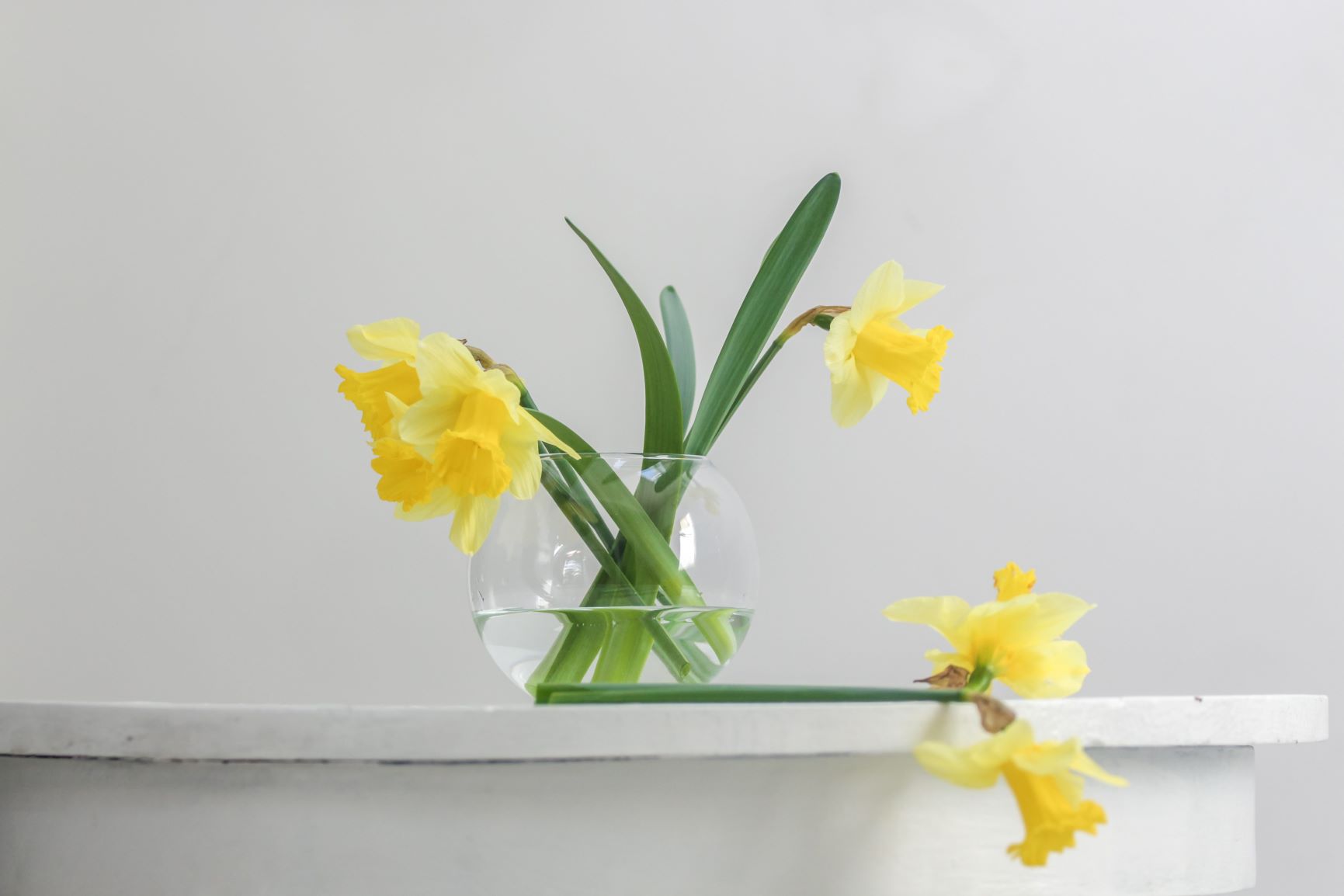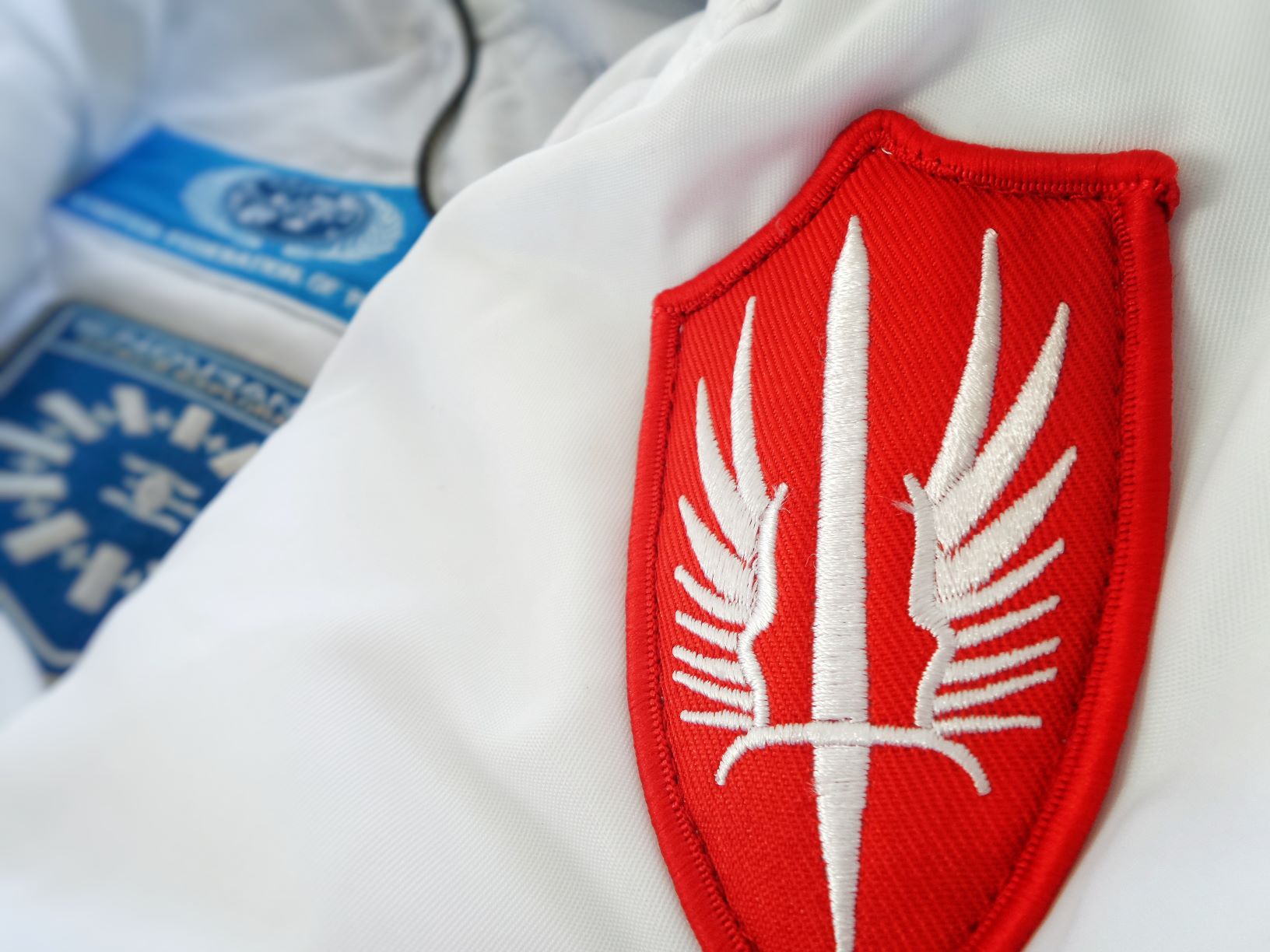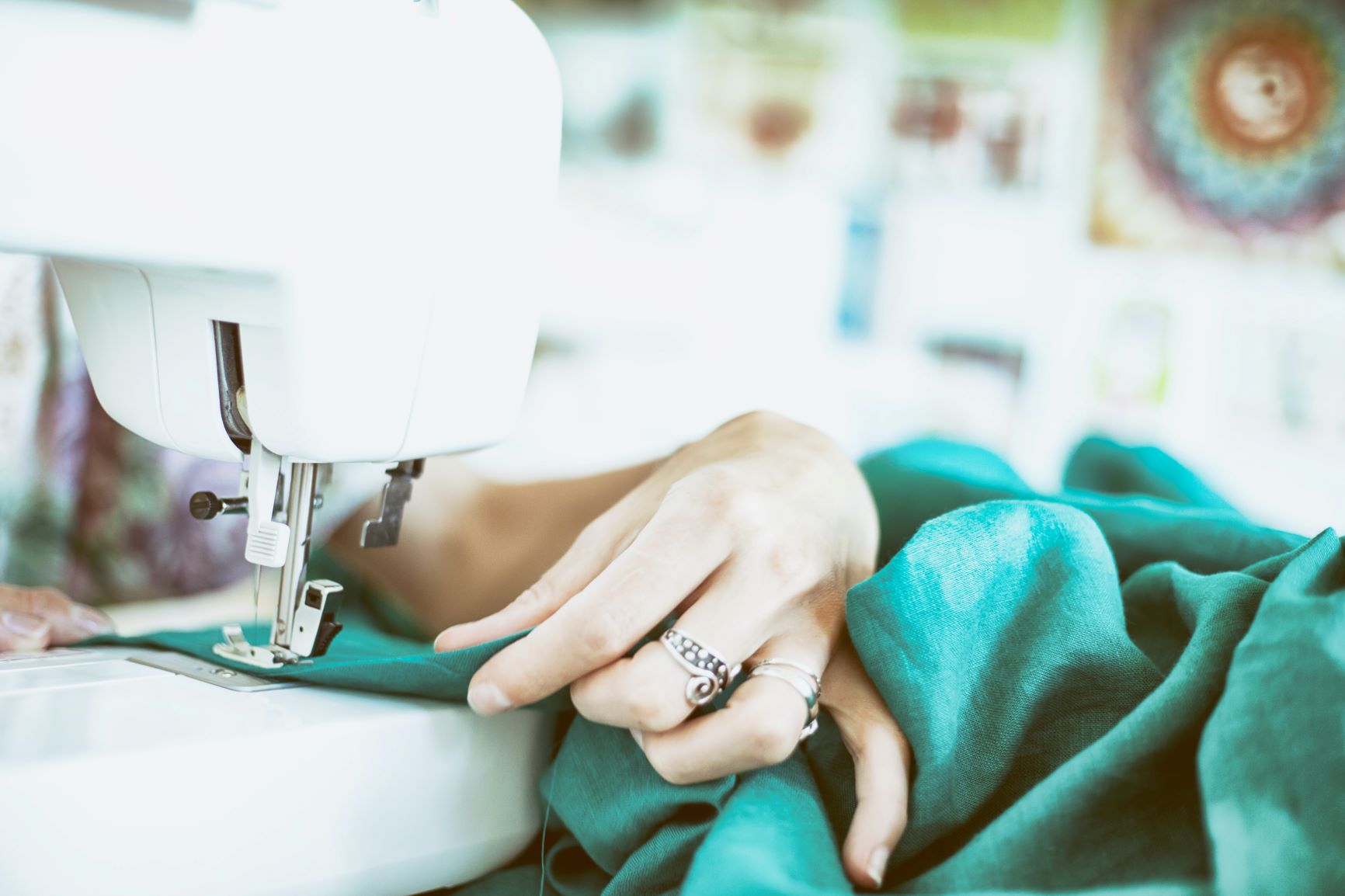Rebellion Patches
With magic declared illegal in Linakra, a group of wizards and magic-sympathizers rose up to fight the government, calling themselves Kel's Rebellion, after their first leader. Officially declared a terrorist organization, they developed a secret code to communicate with one another, mostly through decorative patches on clothing.
Pelan temples grew into safehouses. Daffodils planted outside the doors marked them as a welcome spot for mages and magic sympathizers to hide or make plans for the Rebellion. As the Pelan became more involved, they found other ways to mark themselves, through the use of their own traditions of mending clothing. They cut fabric in the shape of owls to patch torn clothes. Temple matriarchs and others who ran safe houses used daffodil shapes. And as the symbols became publicly recognized within the rebellion, the practice spread, so much that some members began to purposely make patches in similar styles which could be recognized by members anywhere in the country, though to outsiders, they look like nothing more than a way to decorate well-loved clothing items. Many members even add additional patches to their clothes to make the use of patches appear to be a fashion choice.
History
Kel's Rebellion developed a series of symbols, primarily in the form of plants and animals, to represent different roles within the organization. These were used as code-words, and in some cases, physical objects to identify people and places who were safe for members. For example, members of the rebellion were referred to as owls, the Brave Sparrows were the military arm of the organization, which fought to break people out of prison, and those who sheltered them were known as daffodils.
As the Pelan people moved into Linakra, they found common ground with the Linakrans over subjects such as equal treatment for people of different genders and sexual orientations. But they soon disagreed with their new hosts' stance on magic usage. Many Pelan left, especially those who did use magic, in search of a safer place to live. Others stayed out of a need to help the mistreated and joined Kel's Rebellion.
Patch Code
Common Rebellion patches and what they symbolize are as follows:| Symbol | Meaning |
|---|---|
| owl | member of Kel's Rebellion |
| blue square with white X | wizard/mage |
| daffodil | person who runs a safehouse |
| sparrow | member of the Brave Sparrows |
| dog | non-magic sympathizer |
| peach blossom | smuggler |
| paper fan | foreign sympathizer |
 by NordwOther Rebellion Symbols
by NordwOther Rebellion Symbols

by Nordw
Flowers
Rebellion safehouses, for hiding escaped wizard prisoners or providing a safe meeting place are marked with planted daffodils. As peaches are common in Linakra, smugglers who help escaped prisoners flee the country will pose as peach sellers and often wear peach blossoms in their hair or button holes.Linakran Numerology
Numbers have long held symbolic significance in Linakran society, and are used in many traditions such as Linakran Birthday Celebrations. Kel's Rebellion also uses these.- Five symbolizes travel, so five peaches in a basket indicates a smuggler.
- Six symbolizes safety, so six daffodils in a vase indicates a safehouse.
- Eleven symbolizes knowledge, so eleven blue stones indicates the home of a magic teacher.
Headscarf Colors
The Ibi'an, or Pelan headscarf is traditionally dyed purple and worn primarily by men. In Linakra, it is much more common for both men and women to wear the ibi'an, and other colors have become popular. These usually symbolize roles within Kel's Rebellion.| ibi'an color | significance |
|---|---|
| blue | mage/wizard |
| yellow | someone who runs a safehouse |
| brown | a member of the Brave Sparrows |
| white/pink | a smuggler |

by Ali Yahaya
Item type
Clothing / Accessory





Comments